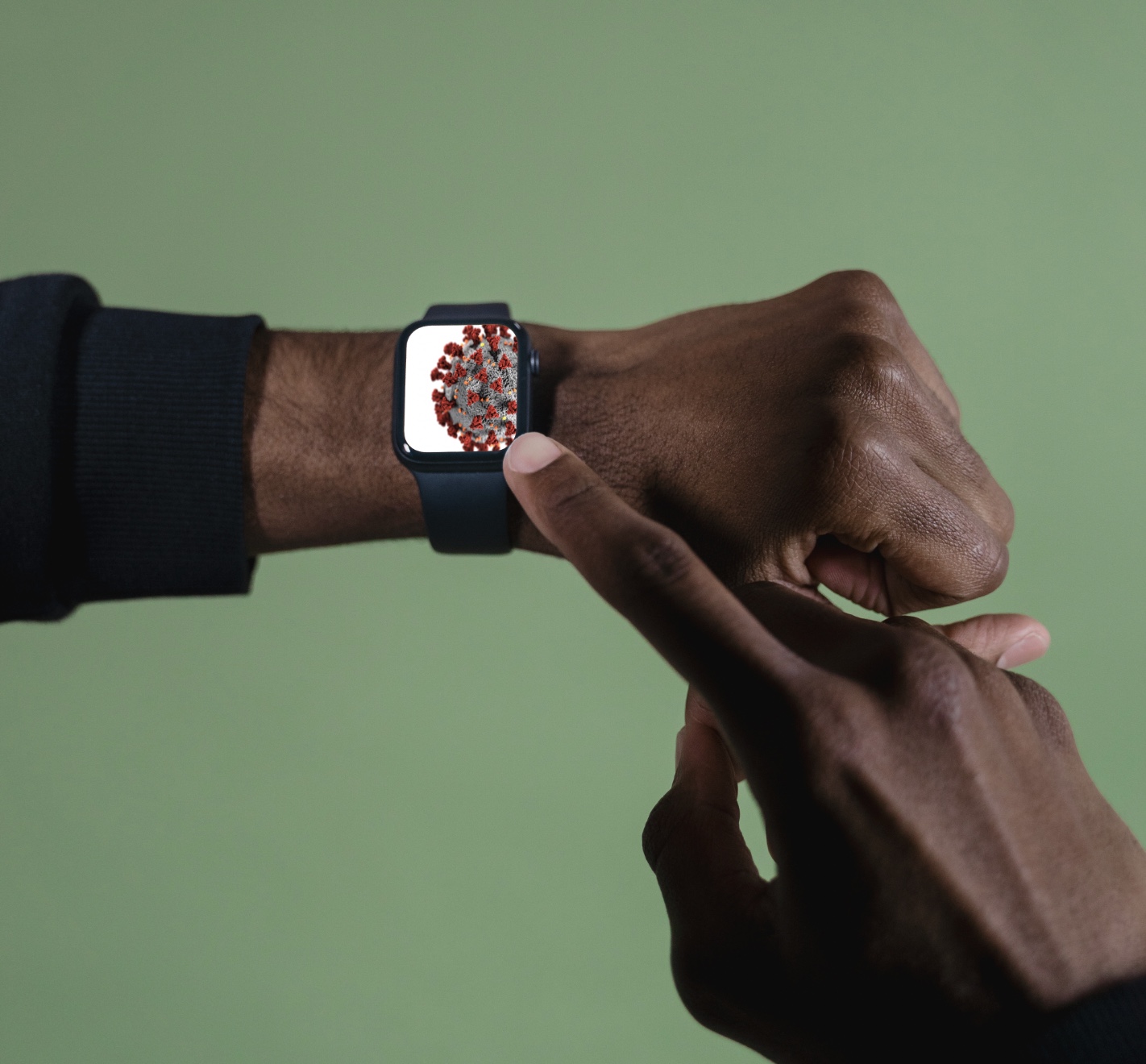Wellbeing and diabetes: some facts
Wellbeing and diabetes are opposites. Every year, in June, diabetes is getting full attention during the Diabetes Week. And World Diabetes Day on the 14th November is marked by the World Health Organization (WHO) to increase awareness of this global epidemic, which can lead to serious health issues and complications. One in ten men worldwide get symptoms of type 2 diabetes. The development of belly fat (the so called beer belly) is often an early indication and can be seen as a warning sign of future glucose and insulin metabolism impairment.
Research also shows that women prone to tummy fat deposit as opposed to hip and thigh fat deposits, are more at risk to developing impaired glucose and insulin tolerance.
In this article we want to outline some general information all in the context of our efforts to help increase awareness about maintaining a healthy lifestyle .
Some figures
We will only talk about type 2 diabetes: a condition that slowly develops, typically, though no longer exclusively, during adulthood; whereas type 1 diabetes is characterized by early onset insulin production deficiency, requiring daily administration of insulin.
Type 2 Diabetes is a chronic condition strongly affected by lifestyle: mainly triggered by overconsumption of carbohydrates, unhealthy fats and lack of physical activity. In the USA each year about 1,5 million new cases are diagnosed. According to the American Diabetes Association, more than 30 million people, i.e. well over 9% of the global population, are developing diabetes, with about one third of that % not or diagnosed too late. In the Netherlands, more than 1 million people are diagnosed with diabetes, and from a health survey conducted in the nineties it appeared that almost a quarter of those newly diagnosed never realized they had the condition.
For Belgium the International Diabetes Federation concluded that diabetes prevalence amounts to 8% of the population: i.e. 1 in 12 adults. A further 6% of the population is showing signs of glucose metabolism impairment, a strong indicator for future diabetes diagnosis.
Diabetes has health consequences, both short term and long term. Preventing the development of diabetes type 2 is a global health resolution, and developing an adapted lifestyle is the best tool to attain this resolution.
Diabetes and cancer
A paper published by the University of Ghent, Belgium shows a link between diabetes and postmenopausal breastcancer.
According to the Integraal Kankercentrum Nederland (IKCN), a study published by Dennis Schrijnders in 2018, shows that women with diabetes are at a higher risk of developing obesity related cancer. According to the Diabetesfund in the Netherlands (Diabetesfonds Nederland), people with type 2 diabetes run up to 25% more risk of developing cancer, especially pancreatic cancer. While the increase in the aging population could partly explain these correlations, the trend is also observed among the younger population. And it is a fact that more in depth screening and testing for diabetes will to a certain extend also demonstrate early stage cancer. Exact figures affirming clear links between diabetes and cancer are as yet not available, but research on the link between diabetes and cancer is continuing.
Conclusion:
Diminishing the negative health effects of glucose impairment and diabetes, which can easily be achieved by suitable lifestyle adaptations, will have multiple benefits, not only on general health status, but equally upon diminishing the risks of developing cancer and maintaining a high quality of life. Even after cancer diagnosis.
References:
- Blokstra et al., 2011
- https://www.ncbi.nlm.nih.gov/pubmed/29171078
- https://www.volksgezondheidenzorg.info/onderwerp/diabetes-mellitus/cijfers
- Schrijnders D, Hendriks SH, Kleefstra N, Vissers PAJ, Johnson JA, de Bock GH, Bilo HJG, Landman GWD: ‘Sex differences in obesity related cancer incidence in relation to type 2 diabetes diagnosis (ZODIAC-49)’. PLoS One. 2018 Jan 25;13(1):e019087
- nl
- https://lib.ugent.be/fulltxt/RUG01/002/061/661/RUG01-002061661_2013_0001_AC.pdf
- com
- http://www.who.int/news-room/fact-sheets/detail/diabetes









